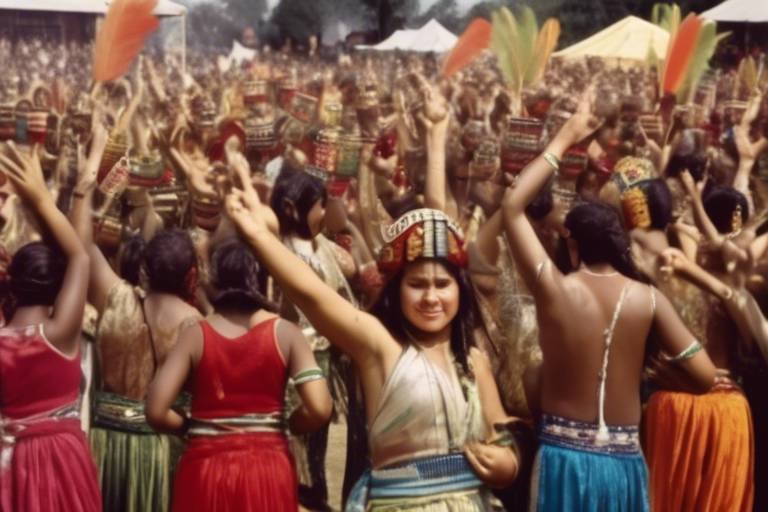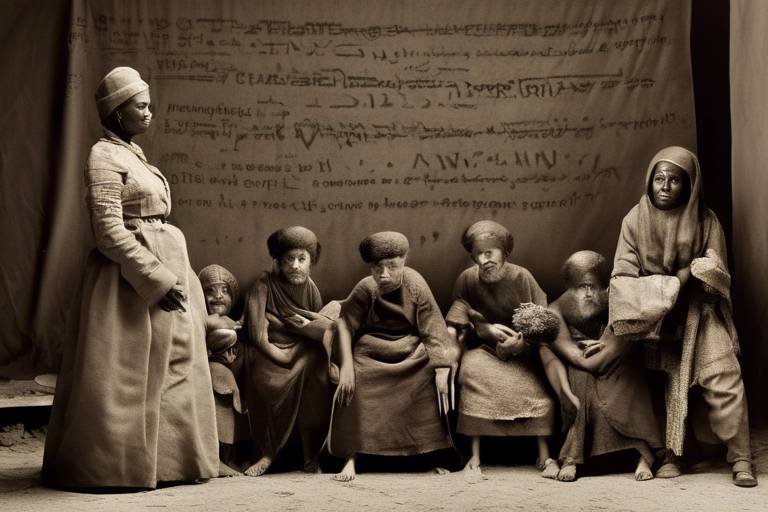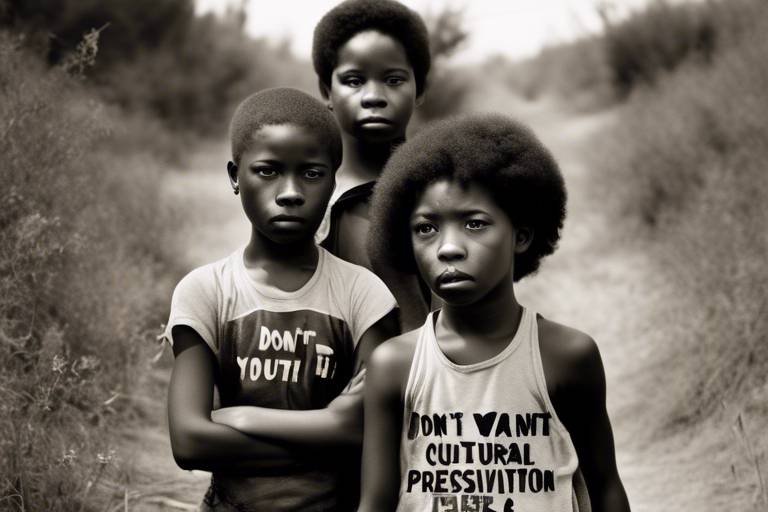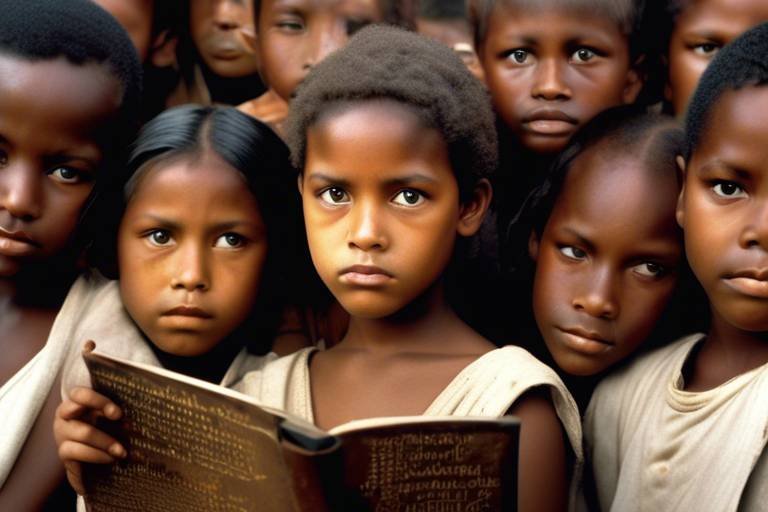The Role of Cultural Heritage in Conflict Zones
When conflict strikes, the cultural heritage of a region often finds itself caught in the crossfire. The significance of cultural heritage in conflict zones goes beyond mere physical structures and artifacts; it represents the very essence of a community's identity and history. The preservation, protection, and impact of destruction on cultural heritage play a crucial role in shaping the narrative of communities affected by conflict.

Preservation Efforts
Preservation efforts in conflict zones play a crucial role in safeguarding the cultural heritage that is at risk of destruction and loss. Various initiatives and strategies are implemented to protect valuable sites and artifacts from the ravages of war and conflict. Organizations, governments, and local communities come together to devise plans aimed at preserving these significant elements of history and identity.
One approach to preservation involves creating buffer zones around cultural heritage sites to minimize the impact of conflict-related activities. These zones act as protective barriers, shielding the sites from direct harm and destruction. Additionally, documentation and digital archiving are utilized to record and preserve the cultural assets, ensuring that even if physical damage occurs, the knowledge and history associated with these sites can be retained.
Collaboration between local communities and international organizations is vital in preservation efforts. By engaging the community in the protection of their cultural heritage, a sense of ownership and responsibility is fostered, leading to increased vigilance and care for these sites. International support provides resources, expertise, and advocacy on a global scale, amplifying the impact of preservation initiatives.
Moreover, raising awareness about the importance of cultural heritage preservation is key to garnering support and mobilizing action. Education programs, outreach campaigns, and cultural events are organized to highlight the significance of these sites and artifacts, encouraging individuals to value and protect their shared history and heritage.
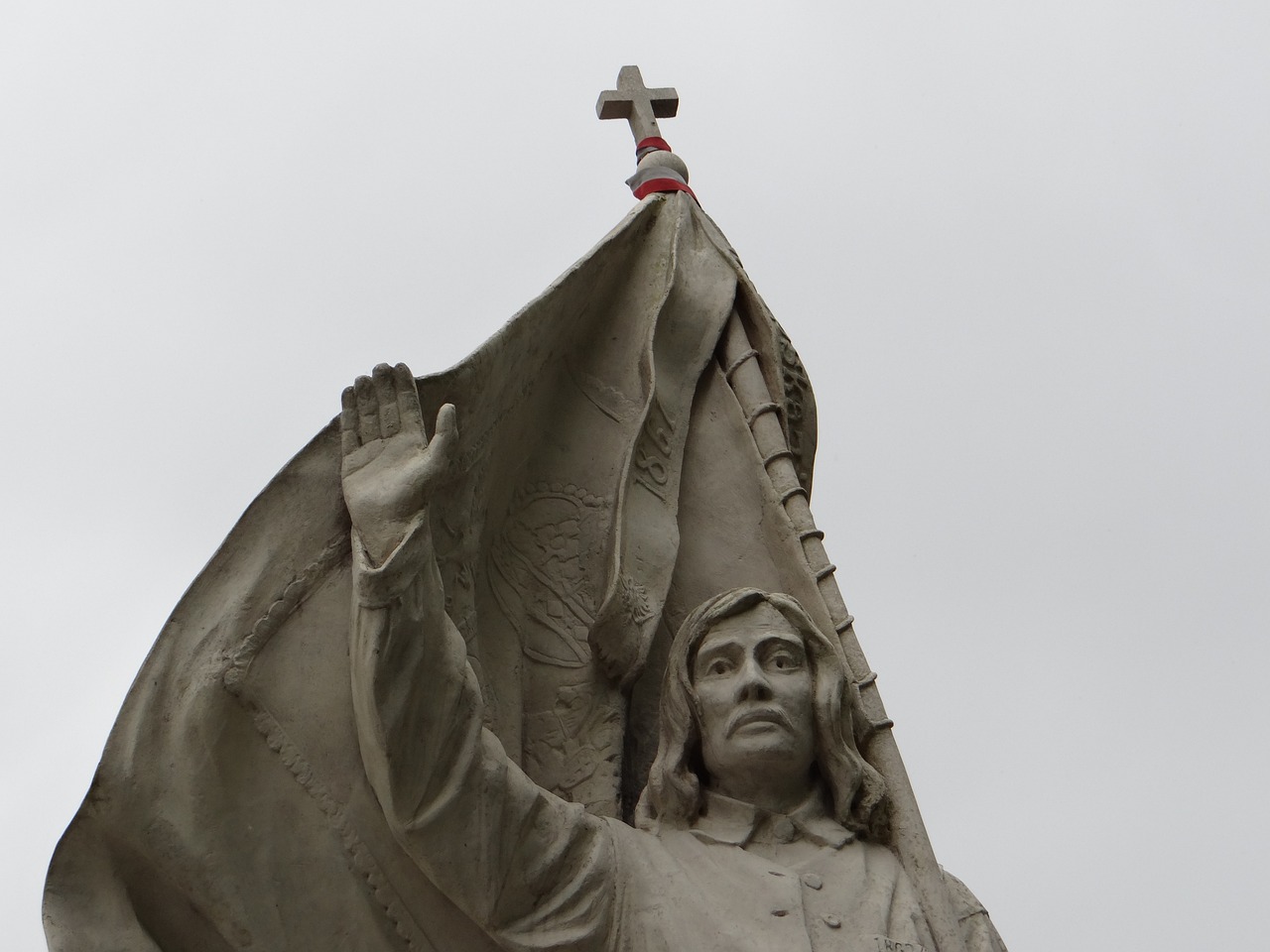
Identity and Memory
Cultural heritage plays a pivotal role in conflict zones by serving as a crucial link to the past, shaping collective identities, and preserving memories that hold significant value to communities. In areas affected by conflict, the preservation of cultural heritage becomes even more essential as it represents a connection to history, traditions, and values that define a community's identity.
Imagine a community whose cultural sites and artifacts are not just physical structures but repositories of memories and symbols of resilience. These heritage sites are not merely objects but living testaments to the resilience and spirit of a people who have endured the ravages of conflict. They are the threads that weave together the fabric of a community, anchoring them to their roots and providing a sense of continuity amidst chaos.
When conflict strikes, these cultural heritage sites become not just collateral damage but deliberate targets, aiming to erase the collective memory and identity of a community. The destruction of these sites is akin to erasing chapters from a history book, leaving gaps in the narrative that define who we are and where we come from.
In the face of such threats, initiatives aimed at safeguarding cultural heritage take on a new urgency. These efforts go beyond mere preservation; they are acts of defiance against forces that seek to erase the past and rewrite the future. By protecting cultural heritage, communities are not just safeguarding buildings and artifacts but preserving their very essence, ensuring that future generations can inherit a legacy rich in history and meaning.

Symbolism and Significance
In conflict zones, cultural heritage carries immense that goes beyond mere physical structures or artifacts. These sites represent the rich history, traditions, and values of a community, serving as a testament to their identity and heritage. The cultural heritage in these areas acts as a bridge between the past and the present, connecting generations and preserving a sense of belonging amidst turmoil and uncertainty.
Furthermore, the symbolic value of cultural heritage in conflict zones cannot be overstated. These sites are not just buildings or monuments; they are living embodiments of a community's resilience and spirit. They stand as a beacon of hope and a reminder of what once was, instilling a sense of pride and unity among those who hold them dear.
Moreover, the significance of cultural heritage lies in its ability to transcend time and space, carrying with it stories of triumph and tragedy, joy and sorrow. These sites are not just relics of the past; they are living narratives that speak to the struggles and triumphs of a people, shaping their collective memory and identity.
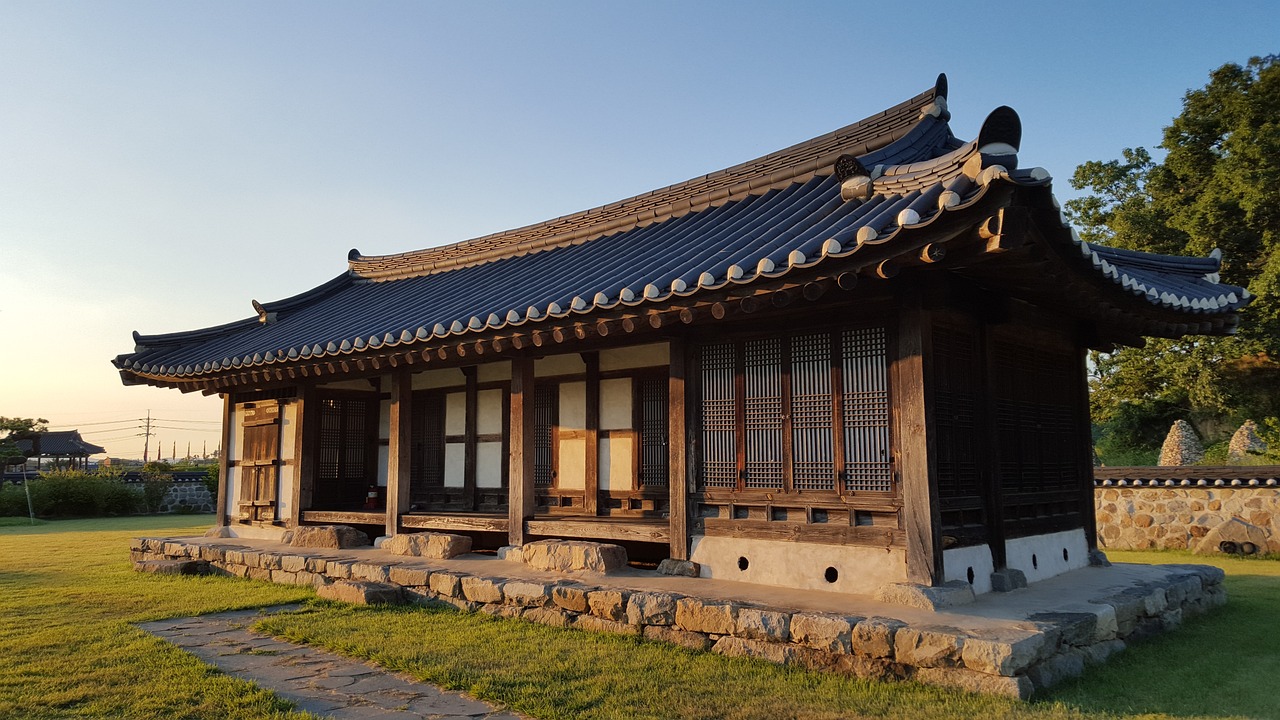
Community Resilience
The concept of in conflict zones is a testament to the strength and unity that cultural heritage can instill in the face of adversity. When communities come together to protect and preserve their shared heritage, they not only safeguard their history and traditions but also build a foundation for resilience and recovery.
During times of conflict, the preservation of cultural heritage serves as a beacon of hope, reminding communities of their resilience and ability to endure challenging circumstances. By safeguarding cultural sites and artifacts, communities demonstrate their commitment to preserving their identity and heritage, despite the chaos and destruction surrounding them.
Moreover, the act of protecting cultural heritage can foster a sense of solidarity among community members, as they work together towards a common goal of safeguarding their shared history. This collaborative effort not only strengthens community bonds but also empowers individuals to take ownership of their heritage and protect it for future generations.
Through the resilience displayed in the protection of cultural heritage, communities in conflict zones not only preserve their past but also pave the way for a more hopeful future. By standing together in the face of destruction and adversity, these communities demonstrate their unwavering commitment to their cultural identity and heritage, ensuring that their legacy endures despite the challenges they face.

Impact of Destruction
When conflict strikes, the impact on cultural heritage can be devastating, with far-reaching consequences that extend beyond physical destruction. The on cultural sites and artifacts in conflict zones is profound, affecting not only the tangible aspects of history but also the intangible elements that define a community's identity.
The destruction of cultural heritage in conflict zones results in the loss of irreplaceable historical and artistic treasures, erasing centuries of human achievement and creativity in a single destructive act. These sites and artifacts are not just objects; they are repositories of knowledge, memory, and cultural identity that connect present generations to their past.
Moreover, the destruction of cultural heritage can have lasting psychological effects on communities, as it undermines their sense of belonging and continuity. When a monument or artifact is destroyed, it is not just a physical structure that is lost but also a symbol of shared history and collective memory that binds a community together.
Furthermore, the economic repercussions of cultural heritage destruction in conflict zones are significant. Many heritage sites are key tourist attractions, contributing to local economies and providing livelihoods for communities. The loss of these sites not only robs communities of their cultural heritage but also deprives them of vital economic opportunities.
Despite the devastating impact of destruction, there is hope for the future. International organizations, governments, and local communities are working together to protect and preserve cultural heritage in conflict zones, recognizing its importance in fostering peace, reconciliation, and understanding.
By raising awareness about the significance of cultural heritage and investing in preservation efforts, we can ensure that future generations inherit a world rich in diverse histories and cultural traditions. The serves as a stark reminder of the fragility of our shared heritage and the urgent need to safeguard it for the generations to come.

Global Response and Support
When it comes to protecting cultural heritage in conflict zones, the global response and support play a crucial role in preserving these invaluable assets. Organizations like UNESCO are at the forefront of efforts to safeguard cultural heritage sites and artifacts that are at risk during times of conflict. Through the designation of World Heritage Sites and various cultural preservation initiatives, these organizations work tirelessly to raise awareness and mobilize resources to protect these significant pieces of history.
International collaboration is essential in ensuring the preservation of cultural heritage in conflict zones. By uniting countries and communities under a common goal of safeguarding these sites, a stronger defense mechanism can be established to deter the destruction and looting of cultural treasures. The global response also extends to providing technical and financial support to countries facing challenges in protecting their cultural heritage, fostering a sense of shared responsibility in preserving our collective past.
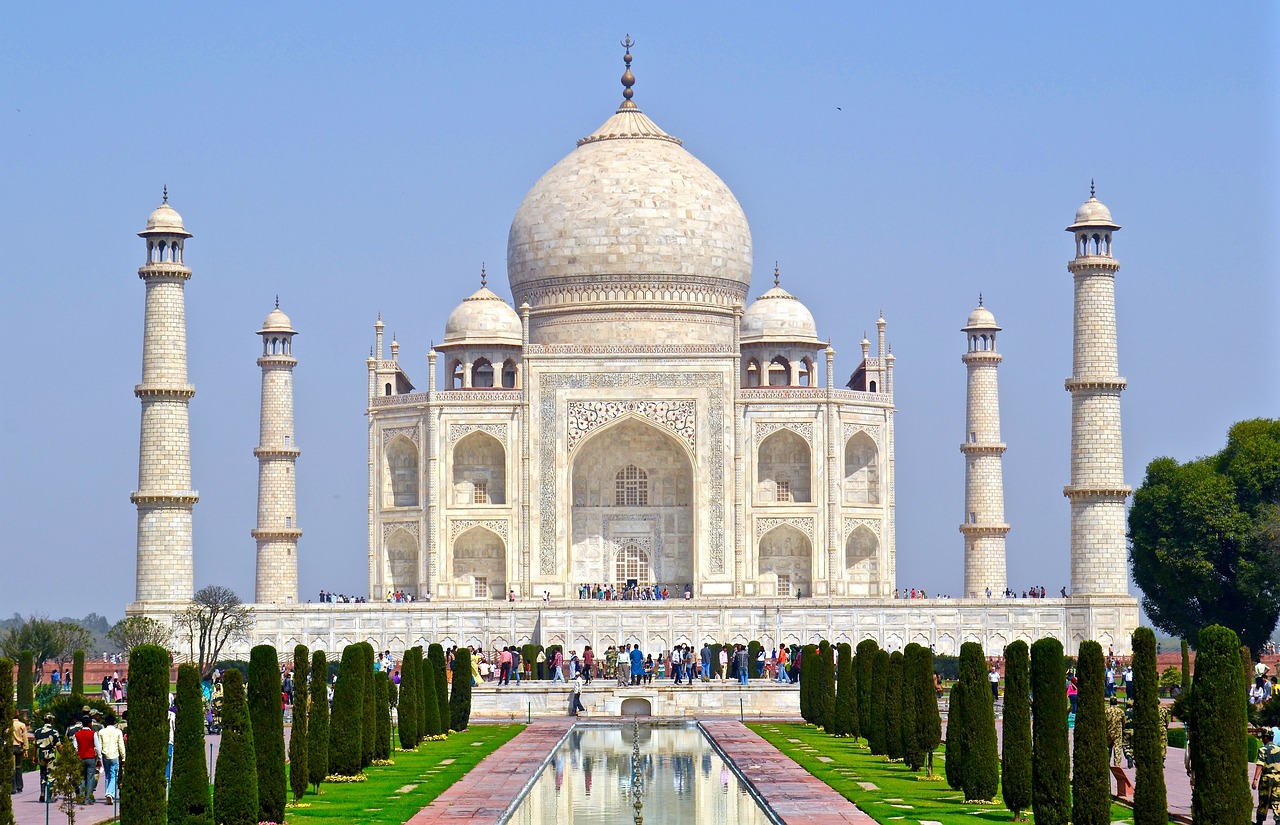
Reconstruction and Reconciliation
Exploring the significance of cultural heritage in areas affected by conflict, including its preservation, protection, and the impact of destruction on communities and identities.
In the aftermath of conflict, the process of reconstruction and reconciliation plays a crucial role in rebuilding communities and fostering peace. Cultural heritage serves as a powerful tool in this journey, as it embodies the shared history and traditions of a society. By restoring cultural sites and artifacts, communities can reclaim their identity and strengthen social bonds that may have been fractured during conflict.
Cultural heritage sites not only serve as physical reminders of the past but also as symbols of resilience and unity. Through the reconstruction of these sites, communities can come together to honor their heritage and promote reconciliation. The act of rebuilding cultural landmarks can be a transformative experience, symbolizing hope and renewal for a brighter future.
Furthermore, the preservation of cultural heritage can facilitate dialogue and understanding among different groups, bridging divides and promoting mutual respect. By acknowledging and valuing each other's heritage, communities can move towards reconciliation and healing, transcending the scars of conflict.
Education plays a vital role in the reconstruction and reconciliation process, as it raises awareness about the importance of cultural heritage in fostering peace and understanding. By incorporating cultural heritage into educational curricula, future generations can learn to appreciate and respect diverse histories, contributing to a more harmonious and inclusive society.
In essence, reconstruction and reconciliation through cultural heritage not only rebuilds physical structures but also reconstructs the social fabric of communities. It is a testament to the resilience and strength of humanity, showcasing the power of heritage in promoting peace and unity.
- How can cultural heritage aid in post-conflict reconstruction?
- What role does education play in preserving cultural heritage in conflict zones?
- How can individuals contribute to the protection of cultural heritage in conflict zones?
Cultural heritage can aid in post-conflict reconstruction by serving as a symbol of unity and resilience, fostering dialogue and understanding among communities, and promoting peace through shared heritage.
Education plays a crucial role in preserving cultural heritage in conflict zones by raising awareness about the value of heritage, promoting appreciation for diverse histories, and instilling a sense of responsibility in safeguarding cultural sites.
Individuals can contribute to the protection of cultural heritage in conflict zones by supporting preservation initiatives, raising awareness about the importance of heritage, and advocating for the safeguarding of cultural sites and artifacts.
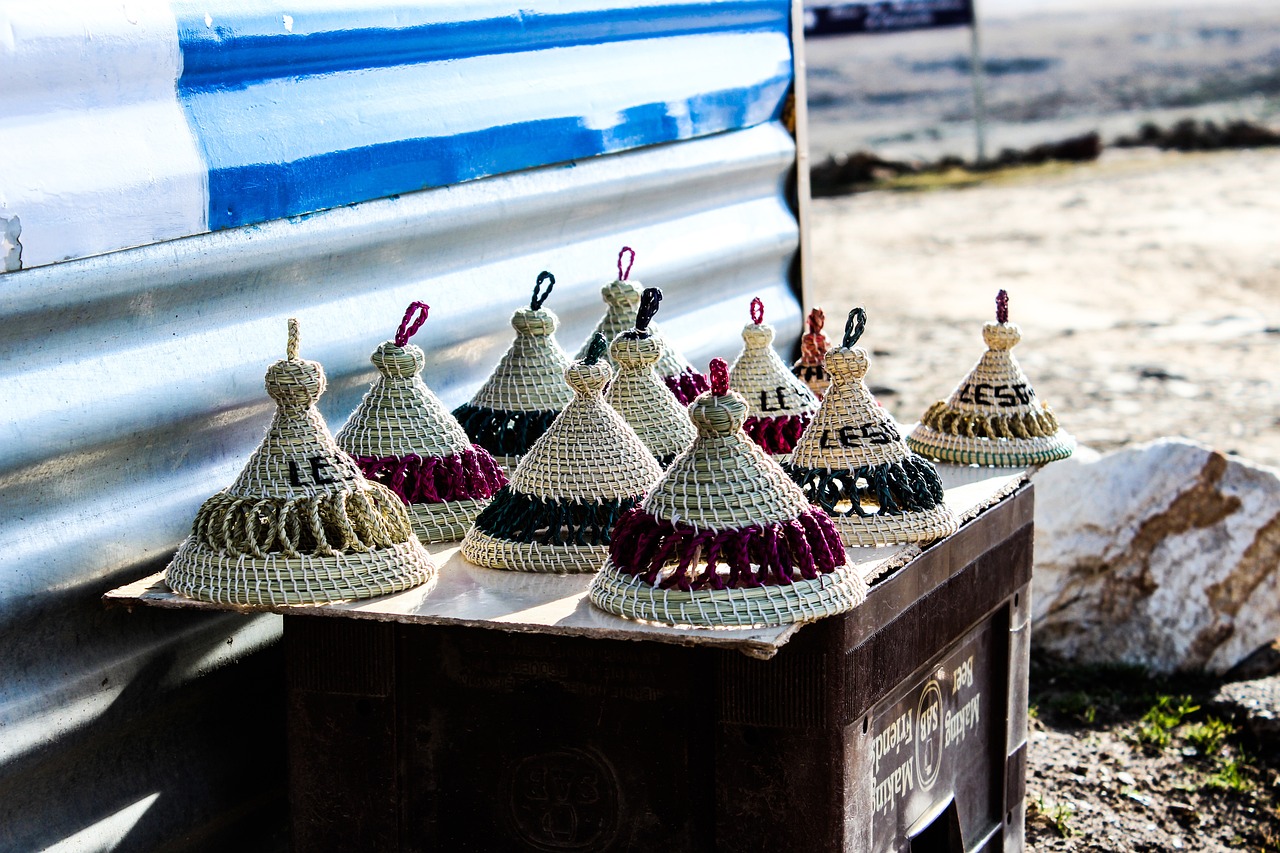
Education and Awareness
Education and awareness play a crucial role in safeguarding cultural heritage in conflict zones. By educating communities about the value and significance of their heritage, individuals can develop a sense of ownership and pride in preserving their cultural identity. Through awareness campaigns and educational programs, people can learn about the history and importance of cultural sites, fostering a deeper connection to their heritage. Additionally, educating the younger generation about the impact of conflict on cultural heritage can instill a sense of responsibility for its protection and conservation.
Frequently Asked Questions
- What is the significance of cultural heritage in conflict zones?
Cultural heritage in conflict zones plays a crucial role in preserving history, traditions, and identities of communities. It serves as a link to the past, shaping collective memories and identities that can be targeted during conflicts.
- How are cultural heritage sites protected during times of conflict?
Efforts to safeguard cultural heritage sites and artifacts in conflict zones include initiatives such as documentation, physical protection, and international collaboration to prevent loss and destruction.
- Why is the preservation of cultural heritage important for community resilience?
Protecting cultural heritage in conflict-affected areas contributes to community resilience by fostering unity, healing, and providing a sense of continuity and identity in the aftermath of conflict.
- What are the consequences of cultural heritage destruction in conflict zones?
The destruction of cultural heritage in conflict zones results in the loss of history, cultural identity, and has far-reaching economic repercussions on communities and regions.
- How does cultural heritage contribute to post-conflict reconstruction and reconciliation?
Cultural heritage plays a vital role in post-conflict reconstruction and reconciliation efforts by rebuilding communities, fostering peace, and promoting shared heritage as a pathway to healing and understanding.




